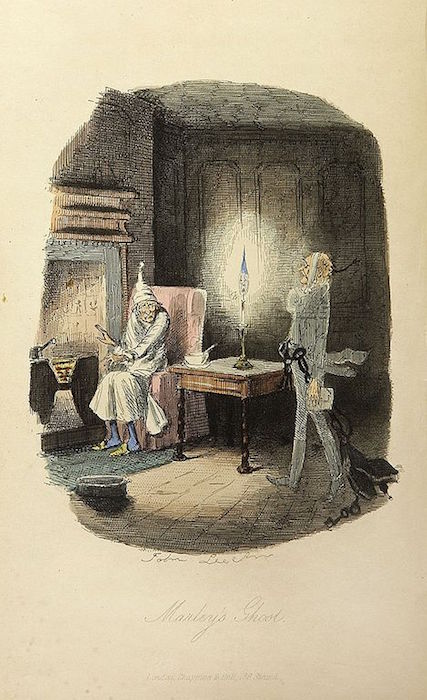Nowhere is the mass of contradictions that make up the South Coast’s collective consciousness more evident than when the topic of housing opens its rickety gate.
In response to “some apparent, deep-seated conflicts among usual allies in the South Coast,” where “the long tradition of ‘no (or slow) growth’ seems to be at odds with housing advocates’ efforts to provide more low-, moderate-income and workforce housing on the South Coast,” Santa Barbara County Action Network recently sponsored a series of community forums on housing and the environment.
“We can’t have it both ways,” said SBCAN Board member Mickey Flacks. In summarizing what she learned at the forums, Flacks said, “We want affordable housing but only for the right kind of people … we want ag lands but we don’t want density … The community will have to decide what is most important and what we are willing to give up in order to get (that).”
What is most important was much debated at the forums. For some, such as Barbara Greenleaf, protecting agricultural land is a priority. She described the county’s plans to develop the San Marcos Growers property (near Hollister and Turnpike avenues) as “where environmental and affordable housing interests clash.”
“Ag land in Goleta is incredibly well-suited to be retained. (It is) a very valuable part of our community and I don’t think we want to lose it, said Linda Krop, a panelist, who is senior counsel for the Environmental Defense Center.
Activist Dan Ancona countered, “We are not in an Ag land crisis … we’re not even in a view crisis … we’re in a housing crisis.”
Jobs, housing and transportation all have to be handled together, said Bob Ferris, a panelist and the executive director of the Community Environmental Council. While panelists agreed on that notion in concept, they differed in terms of the steps they recommend.
Gerry DeWitt called for banning market-rate housing. “It would be great if people would start talking about rent control again,” said Krop, who also advocated targeting major employers to help get their employees out of cars. “It can be done, but it’s not going to happen overnight,” she said.
It may not happen overnight, but “part of the answer is political activism,” said moderator Pedro Nava, SBCAN’s president, who is running for Hannah-Beth Jackson’s 35th-District assembly seat.
Prompted in part by the state-mandated process for the City and County Housing Element Updates, as well as the recent incorporation of Goleta, the discussions were sponsored by the Citizens Planning Association and the South Coast Livable Communities group, along with SBCAN.

